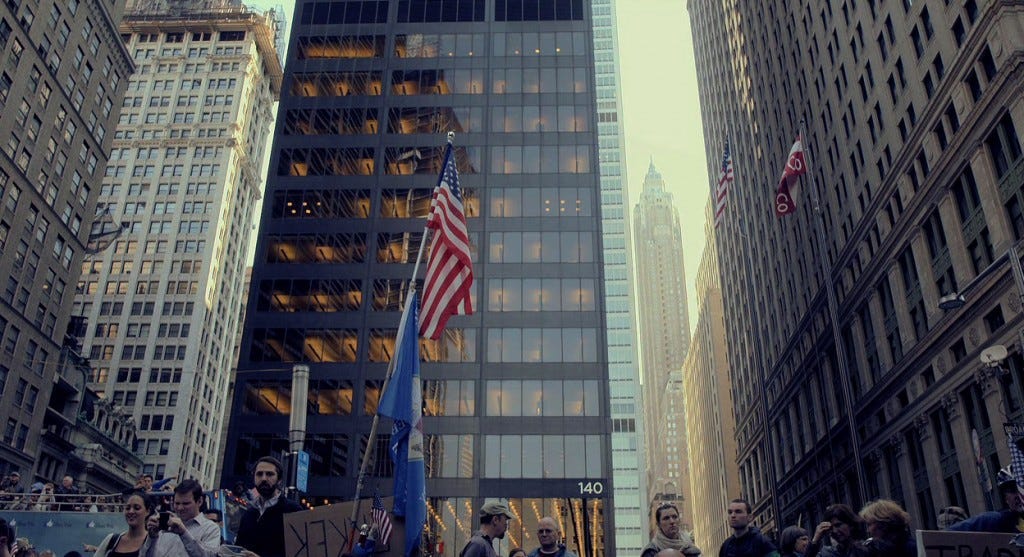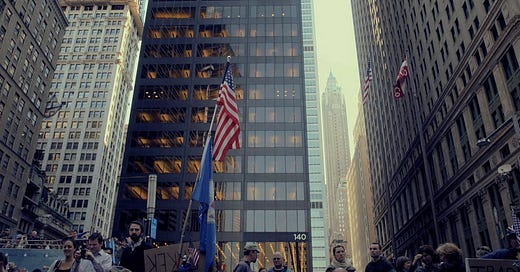‘99%: The Occupy Wall Street Collaborative Film’ Review

When Aaron Aites and Audrey Ewell built the Kickstarter page for 99%: The Occupy Wall Street Collaborative Film in October of 2011, the project seemed borderline impossible. At the time, Film School Rejects called the project “massive, chaotic” and “Herculean.” That wasn’t far off. Aites and Ewell issued a call to filmmakers, professional and amateur, t…
Keep reading with a 7-day free trial
Subscribe to Nonfics to keep reading this post and get 7 days of free access to the full post archives.



